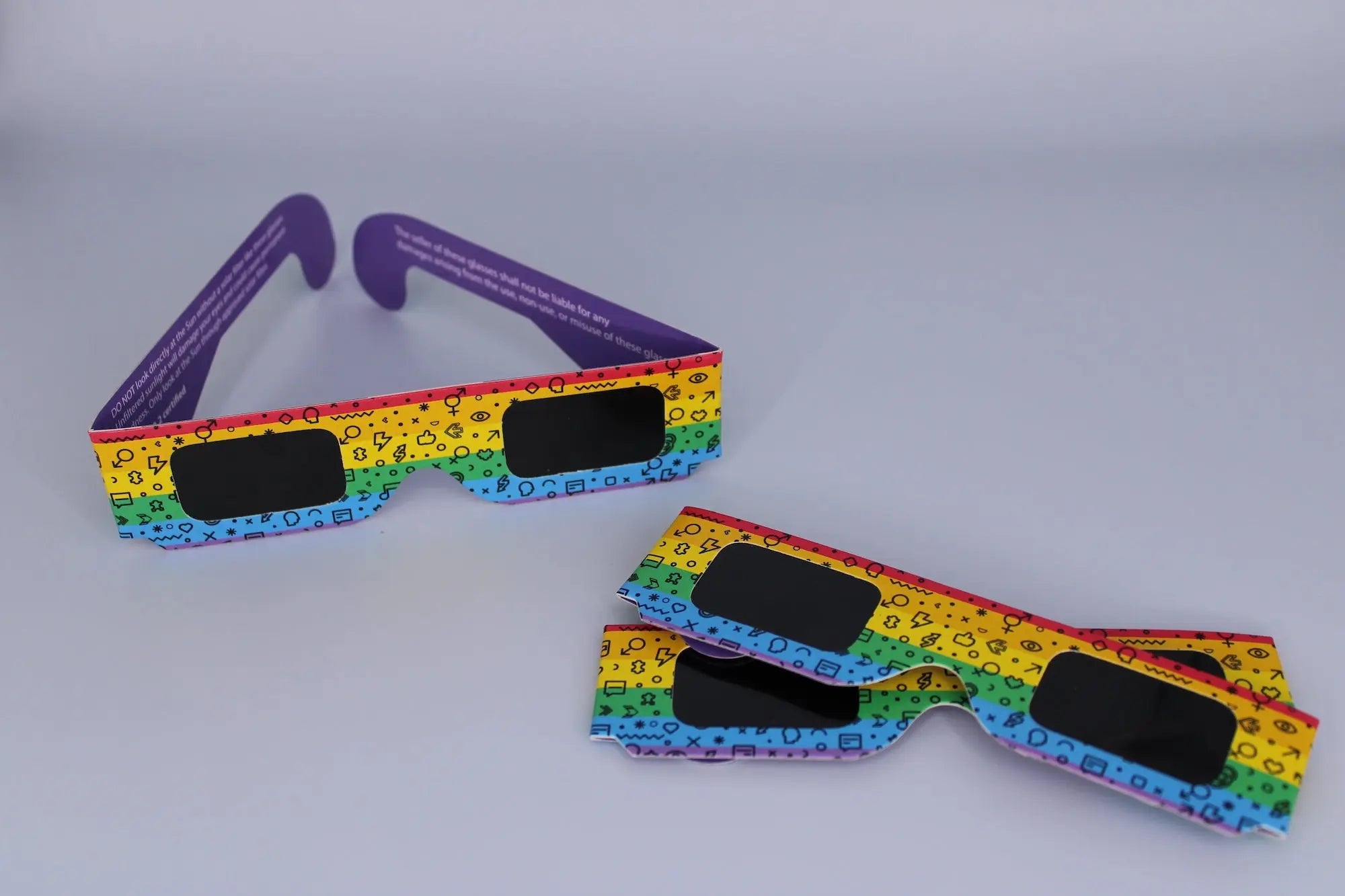How to Use Eclipse Glasses and When They Should Be Worn
Introduction
Eclipse glasses are specialized eyewear designed to protect your eyes from the harmful rays of the sun during a solar eclipse. Unlike regular sunglasses, they are equipped with a solar filter that blocks out harmful ultraviolet, visible, and infrared radiation. This guide will walk you through the proper usage of eclipse glasses and the occasions when they should be worn.
When to Wear Eclipse Glasses
1. Partial Solar Eclipse: During the initial and final phases when the moon partially covers the sun.
2. Annular Solar Eclipse: Throughout the entire event, as the sun is never completely covered.
3. Total Solar Eclipse: Only during the partial phases. You can safely remove them during totality when the sun is completely covered by the moon.
> Note: Never use eclipse glasses to look through telescopes, binoculars, or cameras unless these devices have their own solar filters.
Steps to Use Eclipse Glasses
Preparing for the Eclipse
1. Purchase Certified Glasses: Make sure to buy eclipse glasses that meet the ISO 12312-2 international safety standard.
2. Inspect the Glasses: Before using them, inspect for any scratches, punctures, or tears. Discard damaged glasses.
Wearing the Glasses
1. Stand Still: Find a comfortable spot where you can stand or sit still.
2. Cover Your Eyes: Put on the eclipse glasses before looking up at the sun. Never look at the sun without the glasses on.
3. Adjust for Comfort: Make sure the glasses fit snugly over your eyes. Hold them in place if necessary.
4. Look Up: Once the glasses are secure, you can safely look up at the solar eclipse.
5. Limited Viewing: Limit your viewing to three-minute intervals to give your eyes a break.
Removing the Glasses
1. Look Away: Before removing the glasses, look away from the sun.
2. Remove Carefully: Take off the glasses while keeping your eyes averted from the sun.
Additional Tips
- Children and Pets: Always supervise children and pets during an eclipse and ensure they are wearing the glasses correctly.
- Alternative Methods: If you don’t have eclipse glasses, you can use a pinhole projector to view the eclipse indirectly.
- Storage: Store your eclipse glasses in a protective sleeve to keep them safe for future use.
Conclusion
Eclipse glasses are essential for safely viewing a solar eclipse. Always ensure you are using certified and undamaged glasses, and follow the proper steps for wearing and removing them. By taking these precautions, you can enjoy the awe-inspiring spectacle of a solar eclipse without risking your eye health.

